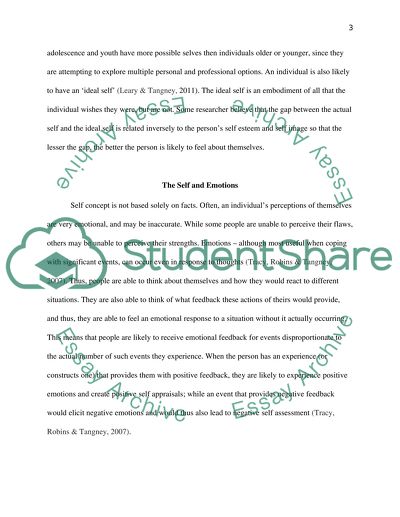Cite this document
(“Self Essay Example | Topics and Well Written Essays - 1000 words”, n.d.)
Retrieved from https://studentshare.org/psychology/1461721-self
Retrieved from https://studentshare.org/psychology/1461721-self
(Self Essay Example | Topics and Well Written Essays - 1000 Words)
https://studentshare.org/psychology/1461721-self.
https://studentshare.org/psychology/1461721-self.
“Self Essay Example | Topics and Well Written Essays - 1000 Words”, n.d. https://studentshare.org/psychology/1461721-self.


